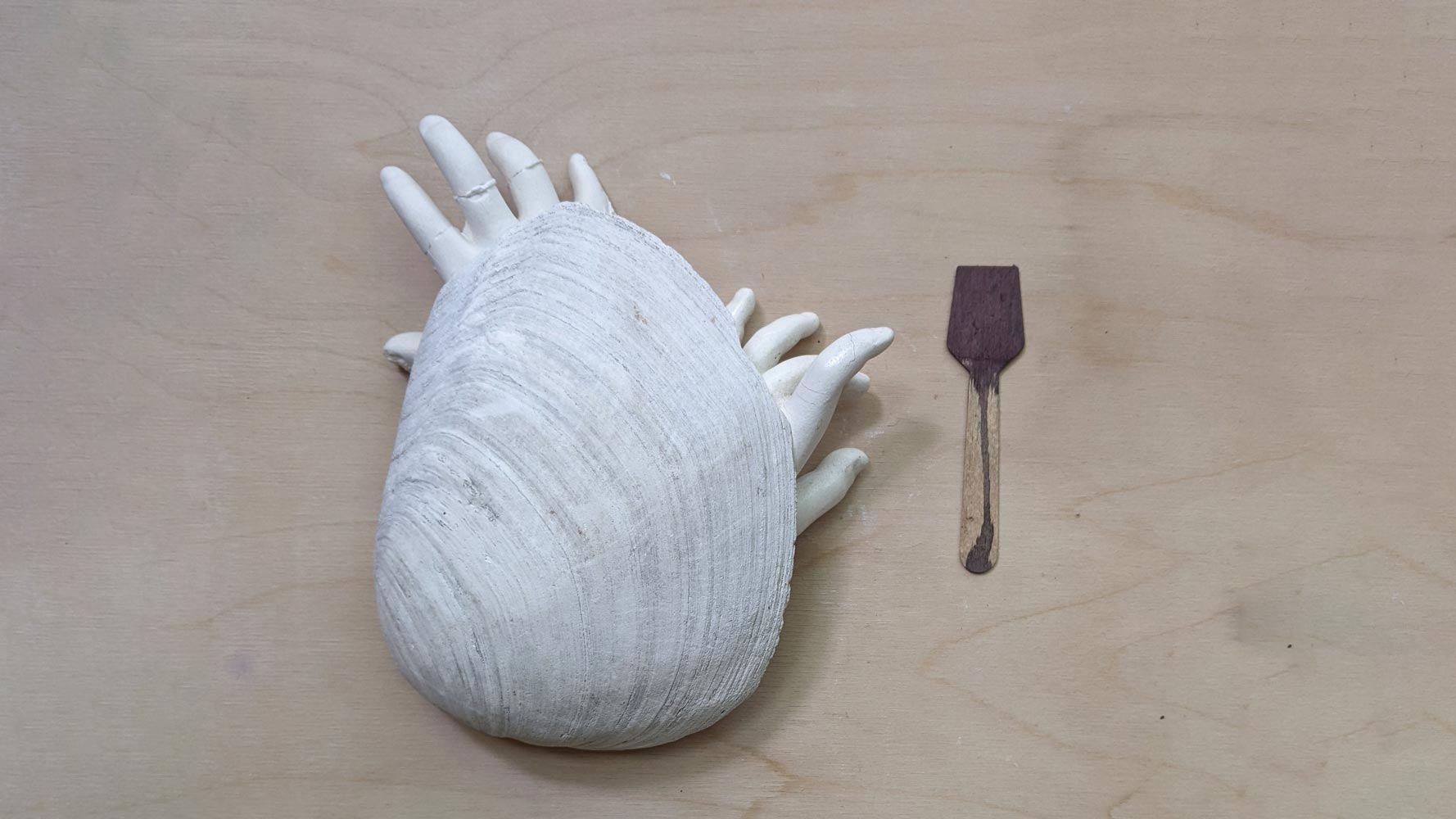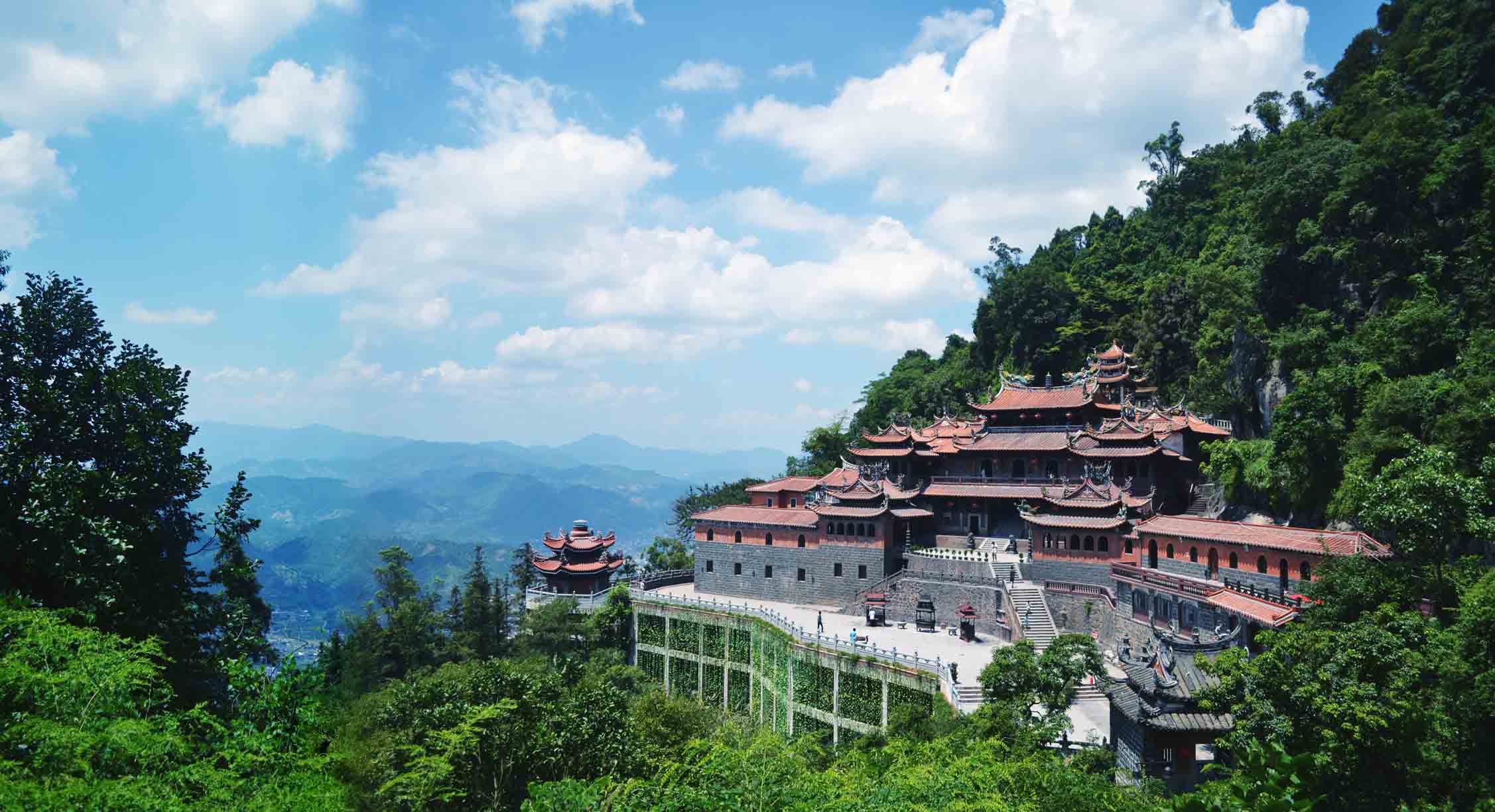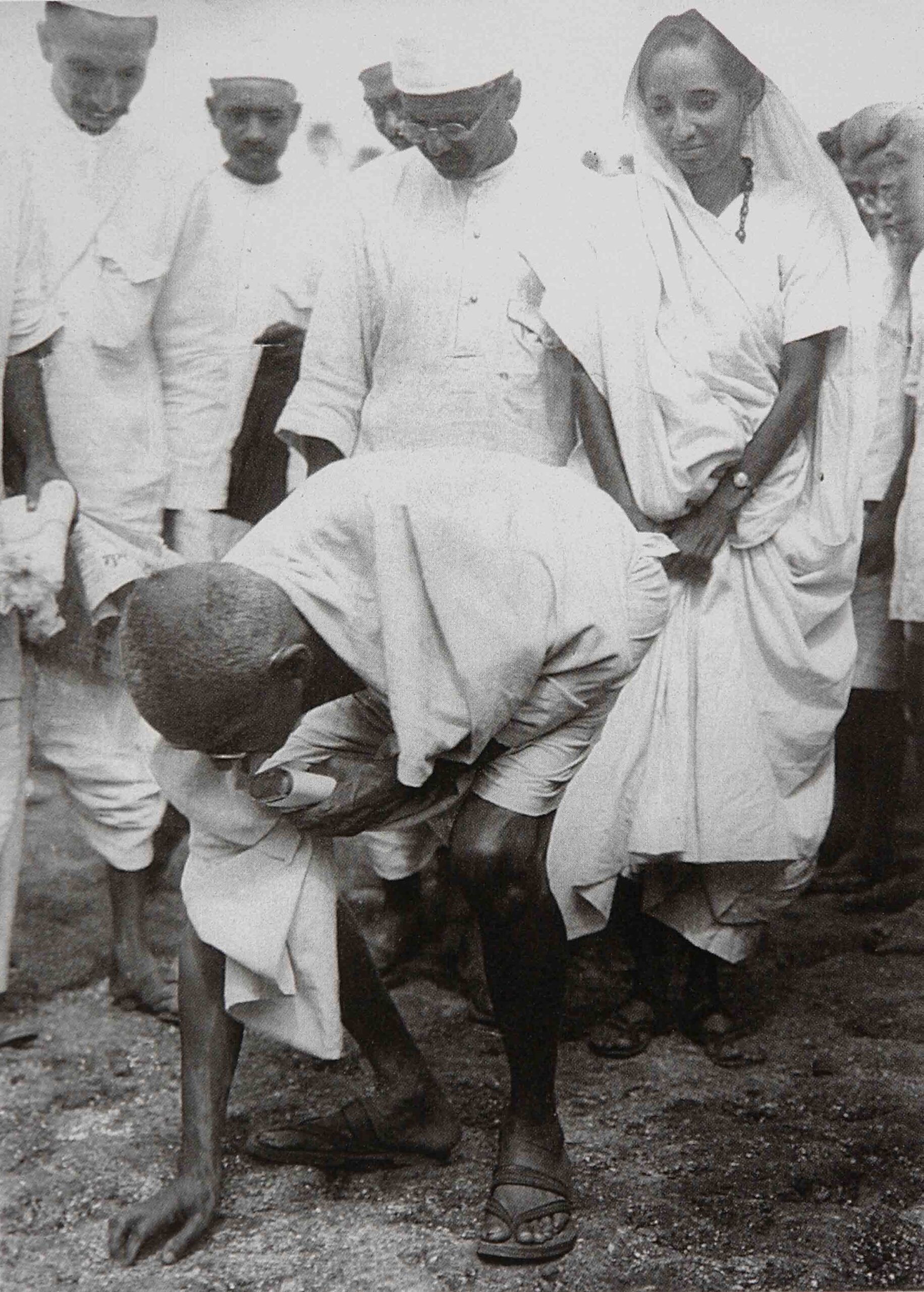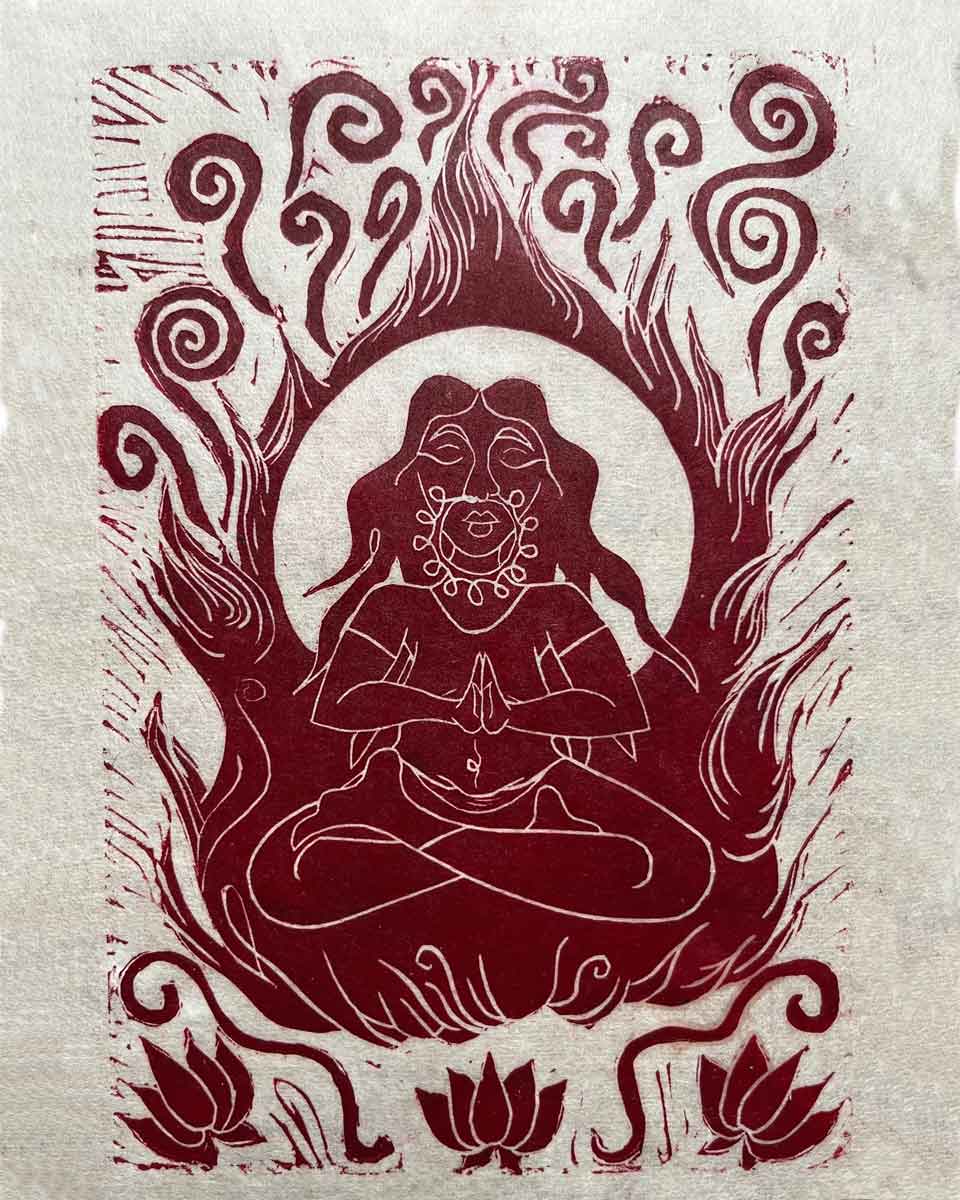I would like to share with you a few thoughts on my experience as someone born and brought up in Montreal and by now having lived for over fifty years in Kolkata. How did that happen and what am I doing −or trying to do ?
How did it happen?
I was attracted to India, or more specifically not to India as a country but to those who constitute that country, the Indians. As a child I was deeply impressed by a maternal uncle of mine who was serving in the Canadian aviation as a radar expert. In that capacity, he spent a couple of years in Sri Lanka (then Ceylon) and on coming back he spoke to us with great love and admiration about the Indians he had known. Then I read Rabindranath Tagore’s Gitanjali and I liked it very much. I also read about Mahatma Gandhi. As a Jesuit under training, I volunteered to go to India and I was sent to Kolkata (then Calcutta). My last night on the American continent, before boarding the ship that would take me to India, I saw the entire Apu Trilogy. Shortly after coming to Kolkata I came to know Satyajit Ray, the author of that Trilogy, and we developed a beautiful friendship.[1]
First, I spent one year learning Bengali. I attended classes in a small private institution. At the end of the course, when certificates were to be given to the students, it so happened that the President of India, Sri Sarvepalli Radhakrishnan (1888-1975), was in Calcutta and he kindly accepted to preside over the function. Our teacher introduced each one of us to the President. When my turn came, the teacher who never could pronounce my name, said stutteringly that I was Fadar Gautam Roberjee. I as delighted: along with my certificate I was given a Bengali name. I even considered changing my name but I refrained from doing so because of the legal complications that arise from a change of name.
Later, I taught in a high school in Basanti, a village of West Bengal. After that, three years of theology in Kurseong, in the mountains of North Bengal. I was ordained a priest and I spent a fourth year of theology in Pune, on the Western side of India.
Then I did something very unusual. I requested and obtained the permission of my Jesuit superiors to spend three months in a Hindu family. The aim was my own acculturation. I had come to India to learn from the Indians anything unknown to me that they might know, especially about God. I read the ‘Gospel’ of Lord Ramakrishna and I was fascinated by his use of parables in his teaching.
I have been interested in cinema and more widely in communication since the time I was a primary school student. Hence it was decided that I should specialise in that field, a field that was becoming more and more important in cultural life. So, I spent one year at the University of California in Los Angeles (UCLA) and I obtained a Master’s Degree in Theater Arts (Film). Back in India I first thought of making films, but then I felt that as an ‘outsider’ I should rather help local youths to make their films rather than make my own films myself.
There followed three to four decades of active reflection on the place of movies in the cultural life of India. An extremely vast subject given the multiple faces of the Indian culture. Yet, while as an ‘outsider’ I would have to learn a lot of things if I were to work in such a field, since I loved my new milieu I was perhaps sensitive to what is proper to that milieu. Local people tend to take for granted what is proper to them and often fail to note what constitutes their cultural identity.
What am I doing?
I. Defining cinema
From the beginning I was trying to foster thinking about movies, especially among students. But I did not know where that effort was leading me. I came to know progressively.
To start with, we have to wake up to the fact that movies are linked with practically every aspect of social life. First of all, any film involves three entities: (a) a filmmaker who imagines a sequence and translates it into (b) an audio visual seqence that is projected onto a screen, and (c) a viewer who, watching the sequence on the screen, imagines what it represents.
In addition, since the audiovisual sequence is embedded in an object − a celluloid strip or a disc − a film is also dealt with as an object. Seen in that way a film is a commodity produced by an industry and circulated by a trade which itself enjoys the support of a complex publicity business.
Film is also a language, a means of communication. It is an art-form. Given its impact on society, it is believed to have important social fonctions, like education, entertainment and information.
Films are collective dreams in which are sorted out experiences of the past, perceptions of the present and anticipations of the future. Psychology and psychoanalysis often come in.
The spread of film culture by educational institutions and film societies instills in people, beyond pleasure, an appreciation of film which is conducive to a more ethical, responsible use of them[2].
Given the above aspects of cinema, it is not surprising that it be the object of control, by a board of censorship, for example.
Having said all that, it is important to add that, finally, a film is the viewer who imagines the sequence. For, without someone to imagine a sequence from the audiovisual one that appears on the screen and sounds from it, there can be no film. Hence, it is essential for the viewer to grasp his/her film experience and in that process grow as a human person. But in order to grasp one’s film experience one needs a vision, a theory[3], to ‘name’ one’s experience, react to it with one’s heart and integrate the whole experience in one’s life, individual and social.
In my opinion, it is typical of the Indian culture to react to a film −as to any art object − through the heart, rather than primarily through the mind, that is, the reason. This distinction is not a judgement, suggesting that one approach is better than the other − it is a statement of a fact, namely a difference in persons reacting to life. An example? Suppose someone gets angry and calls somebody else “stupid!” in front of everybody. One response (Indian): “That man said I was stupid. I could not care less. He just does not know what he is saying. But the way he called me stupid, the face he showed while pronouncing the word, that I cannot forget or forgive.” Another response (non-Indian): “That fellow called me stupid. You should have seen his face when he said it. He really meant it. But I don’t care what he meant. What I cannot tolerate is his use of such a word as ‘stupid’ with regard to me. He has no rigt to use that word about me.”
II. Considering the history of cinema in India
The first movies were shown in India at the same time as they were shown the world over, that is, from about 1895 onward. Of course, audiences were won over to the new media. It is only in 1913 that the first Indian feature film was released, made by Dada Saheb Phalke (1870-1944), and titled Raja Harishchandra. It was a silent film, surprisingly when we know the place of music and dance in other Indian media. The first Indian movie had several characteristics that were typically Indian at the time:
- first the film deals with mythological characters known through the Ramayana and the Mahabharata
- the film draws on the folk theater of that time, especially in the exaggerated acting of the people facing the camera
- the film is theatrical: it shows a scene and a group of actors perform as if on a stage; at times the camera turns a little right or left as people move until they walk out of the frame.
It is very striking that the first Indian feature film, though a response to a European movie, The Life of Christ (1898, 1910), is a typically Indian response. However, when it came to film theory the Indian scholars drew from non-Indian writers, and began to assess Indian films according to theories elaborated outside India. Indian film scholars were suffering − and, I submit, are still suffering − from a complex of self-inferiorization[4] as a result of being submitted to cultural imperialism.
That difficulty is made the more unsurmountable by the class mindset prevailing in India. Anything considered ‘popular’ is looked down upon by people who belong −or, at times, think they belong − to a superior class. That mindset is impregnated within the students by their teachers. Very often when interacting with my students and asking them what popular film they saw recently, they mention a film that most of them have seen. If I tell them I’d like to see that film, they object saying: “No, that’s not for you. It’s one of those trash popular films.” If I ask them what it is in the film that prompted them to see it even more than once, they recite a litany of qualities associated with non-Indian films.
However, the simple fact that a ‘popular’ movie is mentioned in the classroom, and that moreover a teacher shows interest in that film, prompts the students to pause and reflect on their experience. For instance, one film that my students had seen and felt I should not see was Kuch Kuch Hota Hai (Something Happens, 1998). Within a few hours of my showing interest in the film, one student, in particular, woke up to the fact that what she liked in the film is that it was a strong yet modest affirmation of the Indian cultural identity. That was an experience which would have remained dormant in the mind of that student if she had not been able to name it.
While a film like Raja Harishchandra was rooted in the Indian dramatic tradition of that time (1913), ever since the fading out of the Sanskritic theater around the year 1,000, that dramatic tradition has continued to inform the performing arts of India largely through the folk theater of at least eight linguistic regions of the country. Thus that tradition continued to spread and develop with various cultural qualities.[5] But the core of the tradition remained the same.Thus, one has to be attentive to that core of a typically Indian culture, while remaining sensitive to the various connotations it takes across the country over time. That double requirement makes the study of film in India the more fascinating and at the same time to more important. For, if that core dramatic culture should be wiped out under the coercive pressure of globalization, it would be a great loss for India and even for the world.
Entering the cave of the heart
As I mentioned already, in the night before I travelled to India I saw Satyajit Ray’s entire Apu trilogy in one sitting. The trilogy attuned me to the Indian culture with the ‘song of the little road’ (Pather Panchali) in my mind. The journey in India itself progressed along with the Ray films until I saw his last film, Agantuk, and understood that a film or movie is experienced in the viewer’s heart. Cinema awakes the caveman in each of us. Very significantly Ray’s last film shows us the famous bison that was painted in a cave some fifteen thousand years ago. In Agantuk the actor Utpal Dutt gives a human face to the antique bison.
Thus, cinema at its best − or should I say watching a movie at its best? − is to enter the cave of one’s heart and contemplate the images some cave men − old or new − have created on the walls of the cave.
[1] The word ‘beautiful’ here is the equivalent of the Bengali word ‘sundar’, one of the most typically Bengali words that I know.
[2] I have dealt with this subject in my book The Ways of Film Studies. Film Theory and the Interpretation of Films. With an essay on Freud by Dr. Somnath Zutshi. Delhi, Ajanta Publications, 1992. Chapter One, part 3. What is a film? (pp.7-10)
[3] The Greek word ‘theorein’ means to see, to have a vision, hence the English word ‘theory’.
[4] I borrow the expression applied to Argentina, his own country, by filmmaker Fernando E. Solanas (1936-1988). The very title of his film La Hora de los Hornos (The Hour of the Furnaces, 1968) reminds me of Sholay.
[5] See my book The Indian Film theory, Chapter 3, Part 5, From the Natyasastra to Sholay. Also Dissanayake, Wimal, and Sahai, Malti: Sholay, a cultural reading, Wiley Eastern, 1992, pp. 118-119







